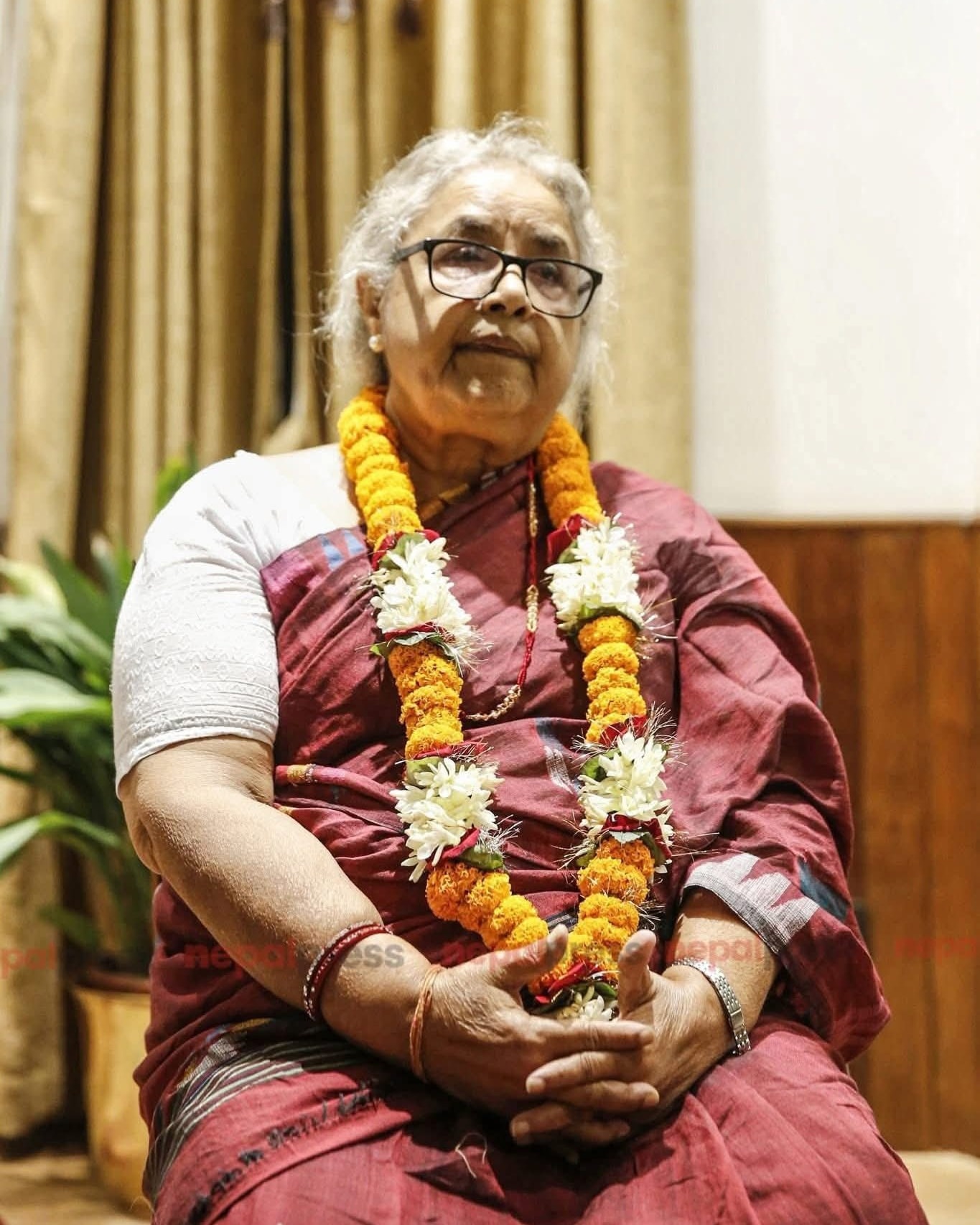
Nepal in Turmoil: Aftermath of Deadly “Gen Z” Protests and the Appointment of an Interim Prime Minister
Kathmandu — September 14, 2025
Violent nationwide protests triggered by a short-lived social-media ban and long-standing grievances against political elites have left Nepal shaken. Hundreds were injured, scores killed and government buildings burned as demonstrations escalated. President Ramchandra Paudel dissolved parliament, set new elections for March 5, 2026, and on September 12 appointed former Supreme Court Chief Justice Sushila Karki as interim Prime Minister in an effort to restore calm and lead a transition. The appointment — the first time a woman has held Nepal’s top executive office — follows negotiations involving protest leaders, the presidency, and security forces.
A wave of mainly youth-led demonstrations erupted after authorities briefly blocked several social-media platforms. Protesters, many describing themselves as “Gen Z,” quickly broadened their demands to include an end to perceived corruption and elite privilege. In Kathmandu and other cities, tens of thousands took to the streets; clashes with security forces turned deadly and several government buildings — including the parliamentary complex — and politicians’ homes were set ablaze. Initial days of unrest saw mass arrests, chaotic scenes in the capital and an army deployment to assist police.
Official and media counts of fatalities differ as investigations and body-recovery continue. Early police and Reuters tallies reported at least 19 dead during a key day of clashes; subsequent reporting and U.N. and local sources put the death toll higher, with multiple outlets citing dozens killed and hundreds wounded. Witnesses describe whole neighborhoods burned, widespread looting and many people displaced or afraid to return home. Authorities later began handing over bodies, while families demanded the victims be recognised with state compensation.
Curfews and heightened checkpoints were imposed across Kathmandu and surrounding municipalities. Over several days the army and police moved to regain control of the streets; by Saturday (Sept. 13) authorities reported a return to a measure of calm and some lifting of curfews as normal activity resumed. Officials say substantial numbers of protesters were detained; hundreds of prisoners were reported to be on the run in the immediate chaos before order was restored.
Prime Minister K.P. Sharma Oli resigned amid the unrest, a move that did not immediately stop the protests. In the wake of the collapse of the government, President Paudel dissolved the federal parliament and announced fresh parliamentary elections for March 5, 2026, framing the moves as necessary to reset the political process and restore legitimacy. The president’s actions came after talks involving the military and protest representatives intended to avoid further bloodshed.
On Sept. 12, 2025, former Supreme Court chief justice Sushila Karki was sworn in as interim prime minister — the first woman to hold the country’s top post. Karki, 73, is widely known in Nepal for a tough anti-corruption record during her time in the judiciary. In her early public appearances she visited injured protesters in hospital and called for national unity, promising to lead a caretaker administration to oversee security, humanitarian relief and preparations for the March elections. Karki and the presidency have described her role as temporary, intended to calm tensions and ensure a credible transition.
Protest leaders and Gen Z organisers voiced cautious optimism but continue to press demands for accountability, reparation for victims and structural political reforms. Some families of the dead have refused to collect bodies until the state offers formal recognition and compensation.
India, a key regional player, publicly welcomed steps toward stability and expressed hope for a peaceful political transition. International organisations, including the U.N., urged restraint, independent investigations into the killings and respect for human-rights obligations.
Beyond the immediate human cost, the unrest has disrupted commerce, tourism and vital services in parts of Kathmandu. Analysts warn that damage to public infrastructure, a shaken investment climate and continued political uncertainty will exacerbate long-standing economic problems — pushing more Nepalis to seek work abroad and deepening frustrations that helped spark the protests. Humanitarian agencies have called for access to affected communities and for the government to prioritise medical care and compensation for victims’ families.
Observers stress the need for transparent, independent inquiries into the use of force by security services and any unlawful actions by protesters. The scale of fatalities and the burning of civic institutions have prompted calls — from families and rights groups — for inquiries that lead to prosecutions where appropriate and for reparations to victims. The interim government has pledged some immediate relief packages, but longer-term accountability mechanisms remain contested terrain.
Nepal faces a fragile interregnum. The appointment of Sushila Karki as interim prime minister and the setting of a March 2026 election date create a pathway out of the immediate crisis, but longstanding grievances that fuelled the “Gen Z” uprising — inequality, perceived impunity for elites, and limited domestic opportunities — will require more than an interim administration to resolve. The next months will test whether the state can deliver justice, rebuild trust and hold credible elections that address the root causes of the anger that erupted on Nepal’s streets.